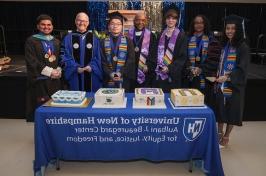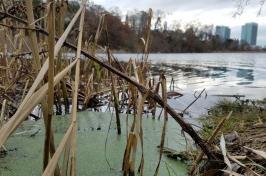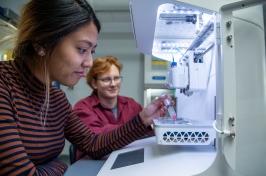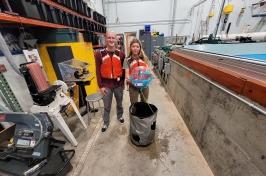Media Availability: Expert Comments on Structural Collapse of Baltimore Bridge
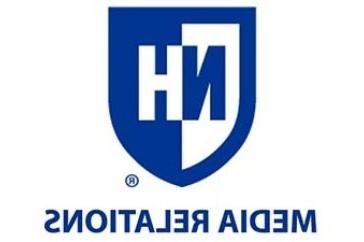
N达勒姆.H.—In the aftermath of the collapse of Baltimore’s Francis Scott Key Bridge, authorities are trying to figure out what went wrong and how the collision of the heavily traveled structure with a container cargo ship brought it crumbling down into the Patapsco River. Video shows the massive bridge buckling and tumbling into the water in a matter of seconds. 艾琳·贝尔, chair and professor of civil and environmental engineering at the University of New Hampshire, is an expert on bridge construction and points to the structure of the bridge as a possible weakness. She can provide insight into how such a large span could come down so easily—sharing details on how bridges are made, what needs to happen to cause such a devastating collapse and if this could happen with other major bridges.
“这种高度的桥梁坍塌很少见, especially with a major bridge like the Francis Scott Key Bridge that services one of the largest ports in the country,贝尔说. “Reminiscent of the collapse of Tampa Bay’s Sunshine Skyway Bridge in 1980, this is a substantial bridge with four lanes of traffic stretching over a mile and a half long. 建于1977年, Baltimore's Key Bridge has a continuous through truss construction—which means the truss, 结构:由连接的元素组成的结构或梁, spans over multiple supports—and often requires less materials that work together in an integral fashion to resist load. This interdependent structural form could have been a contributor to the collapse.”
可以通过电话联系贝尔 艾琳.Bell@bolderair.com or (603) 862-3850.
Bell notes that vessel collision procedures were improved after the Sunshine Skyway incident but questions if a retrofit was done on the Baltimore bridge, 是在阳光天桥事故发生前建造的吗. The Sunshine Skyway Bridge was hit by a 20-ton freighter that had trouble navigating in rain, 有雾和飓风. A 1,200英尺长的桥段坍塌到坦帕湾, 几辆汽车和一辆灰狗巴士掉进了水里.
贝尔是UNH“生命之桥”项目的首席研究员, a unique living laboratory on a heavily traveled iconic bridge between New Hampshire and Maine. 配备数据传感器, the bridge has been transformed into a self-reporting “smart” bridge that captures a range of information from the health of the span to the environment around it— including such things as structural performance, 风的模式, 潮流, 水浊度和鱼类洄游模式.
最新消息
-
2024年6月18日
-
2024年6月18日
-
2024年5月17日
-
二零二四年五月十四日
-
2024年5月7日














